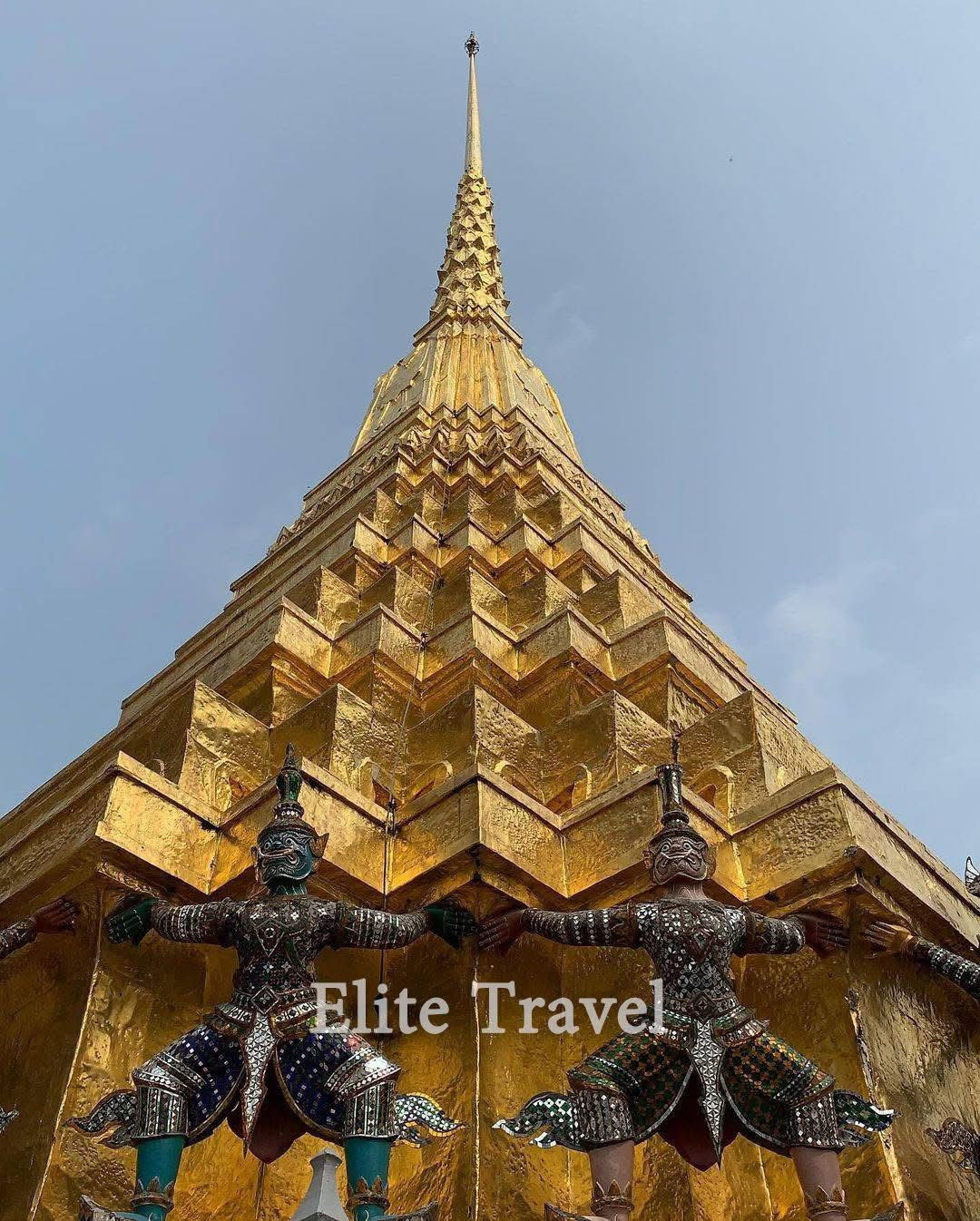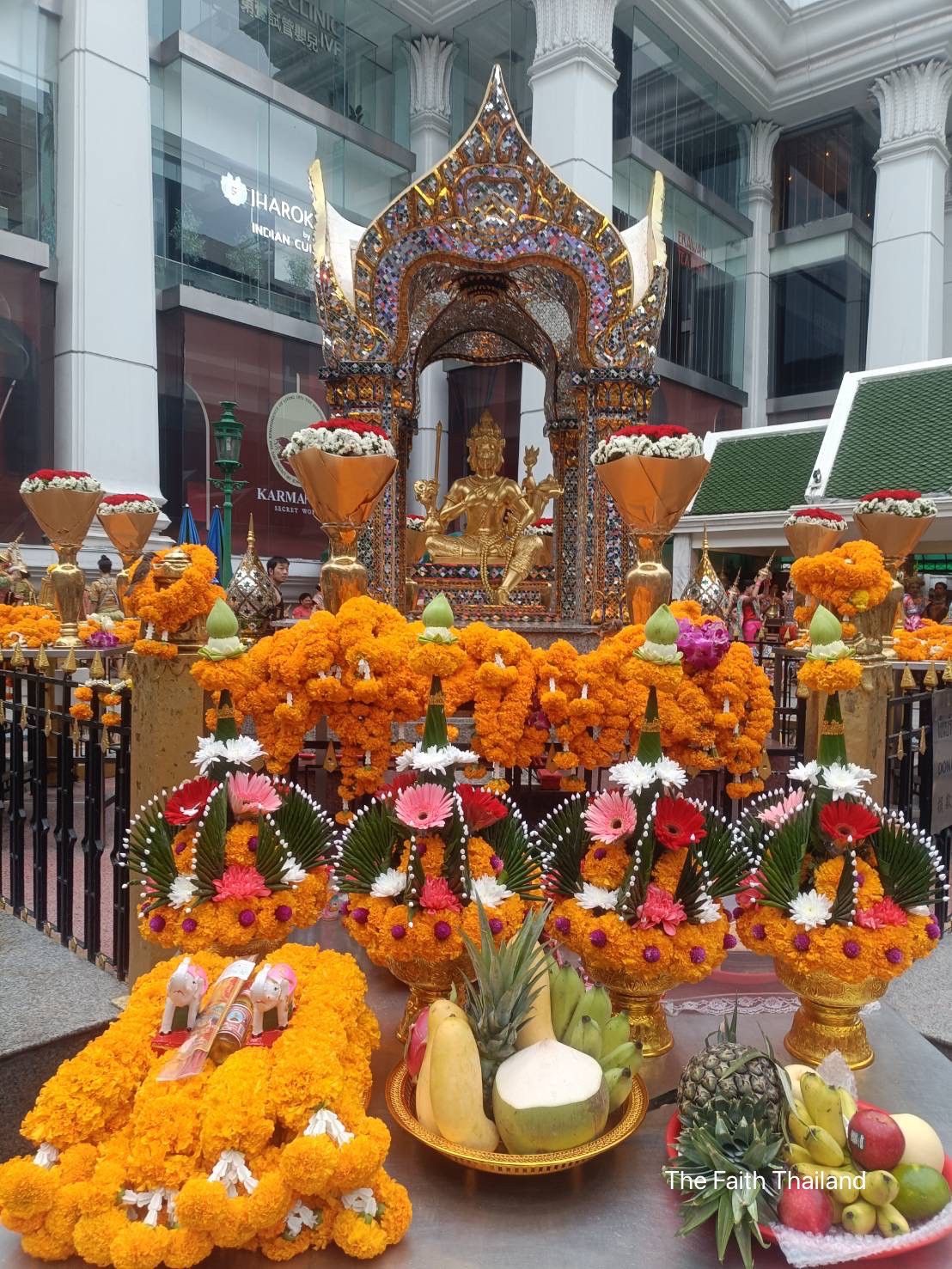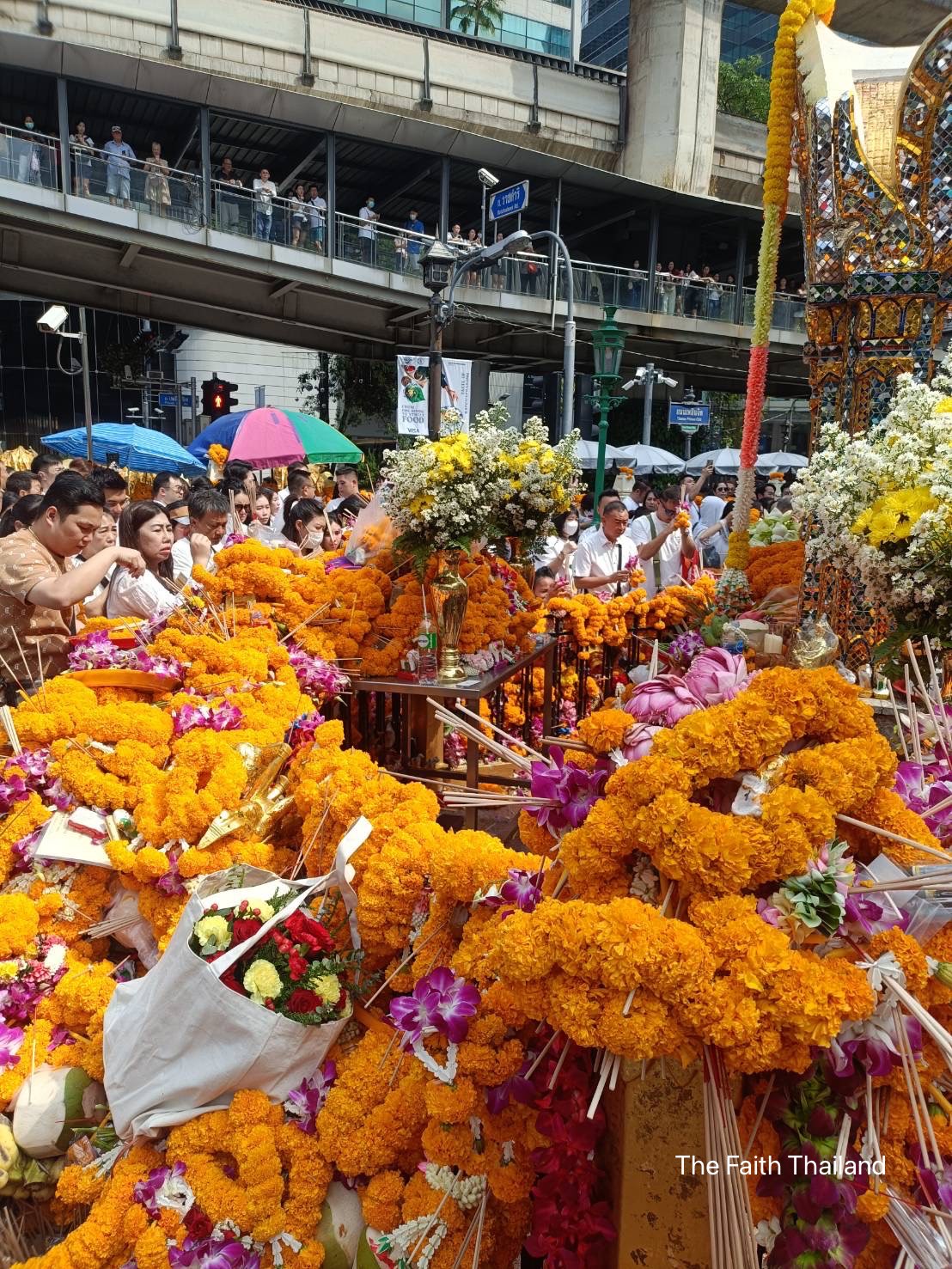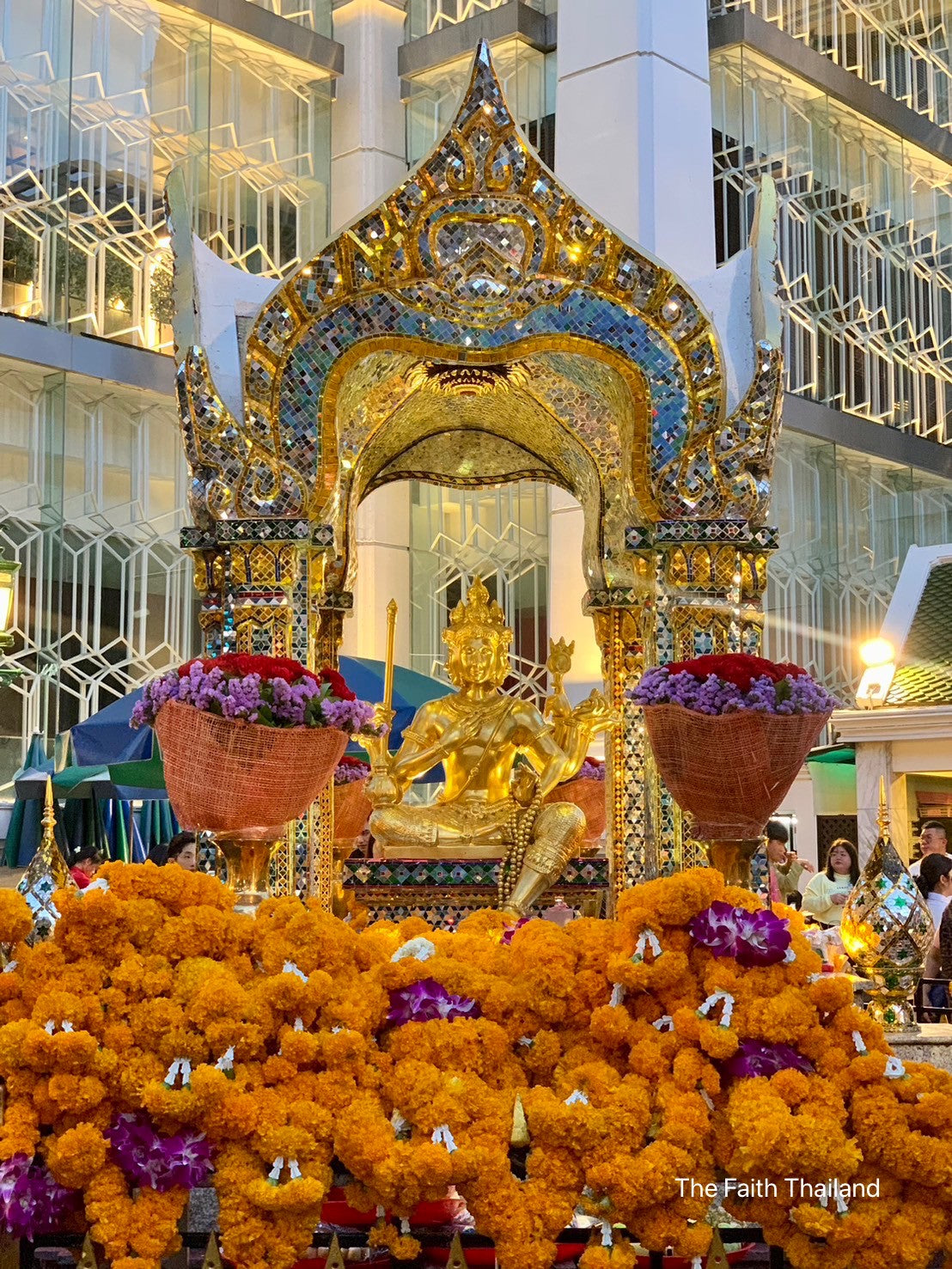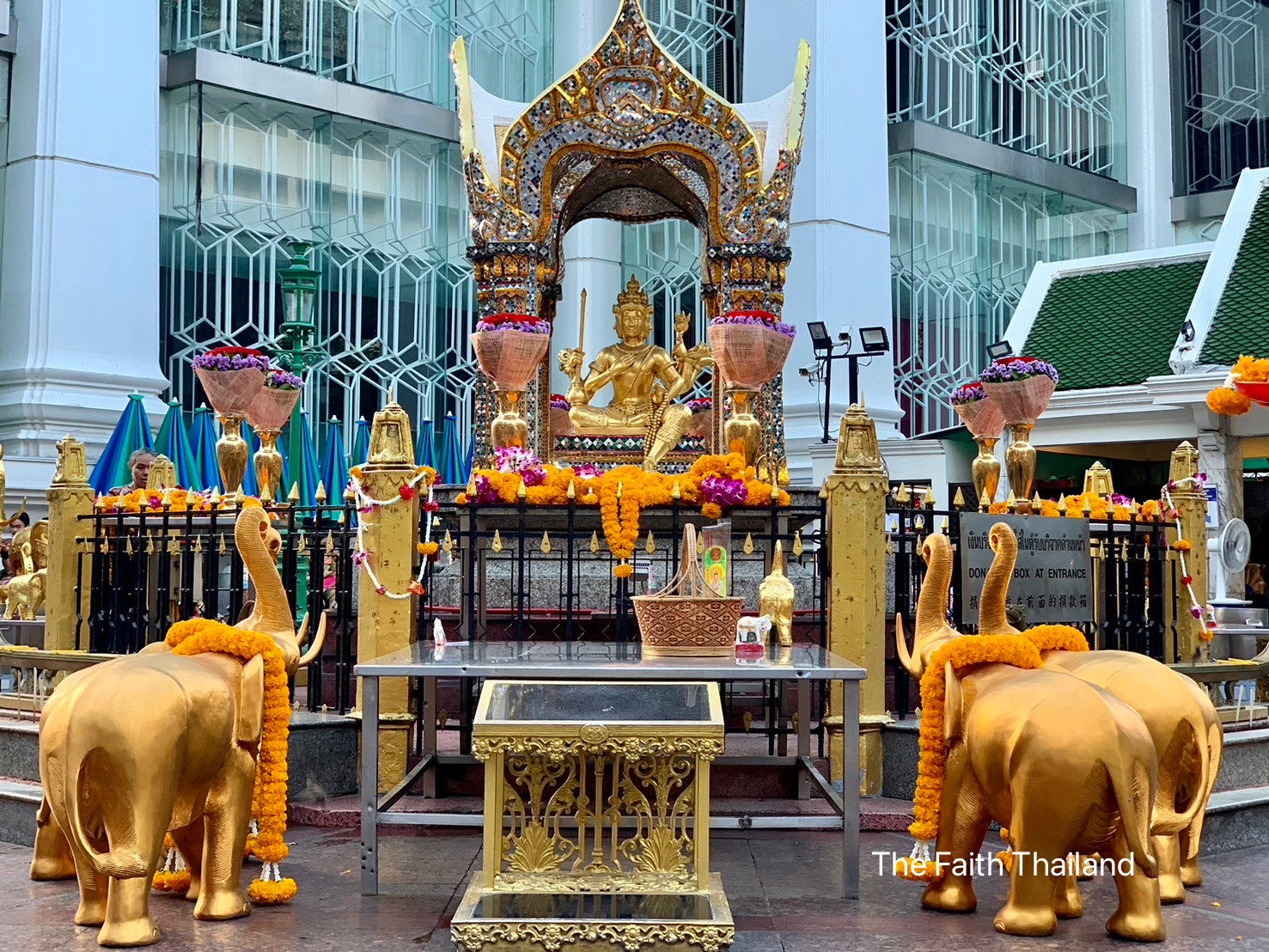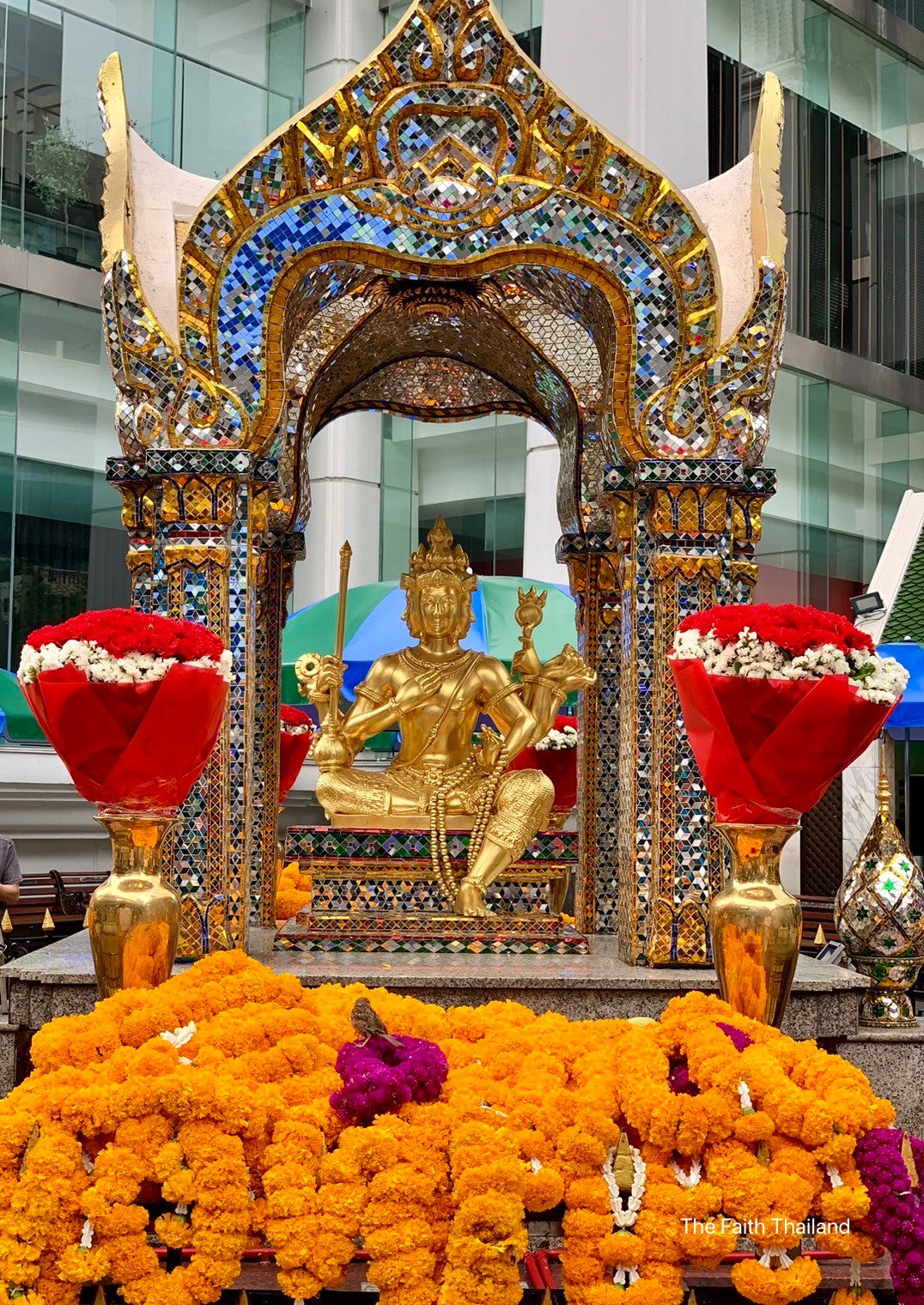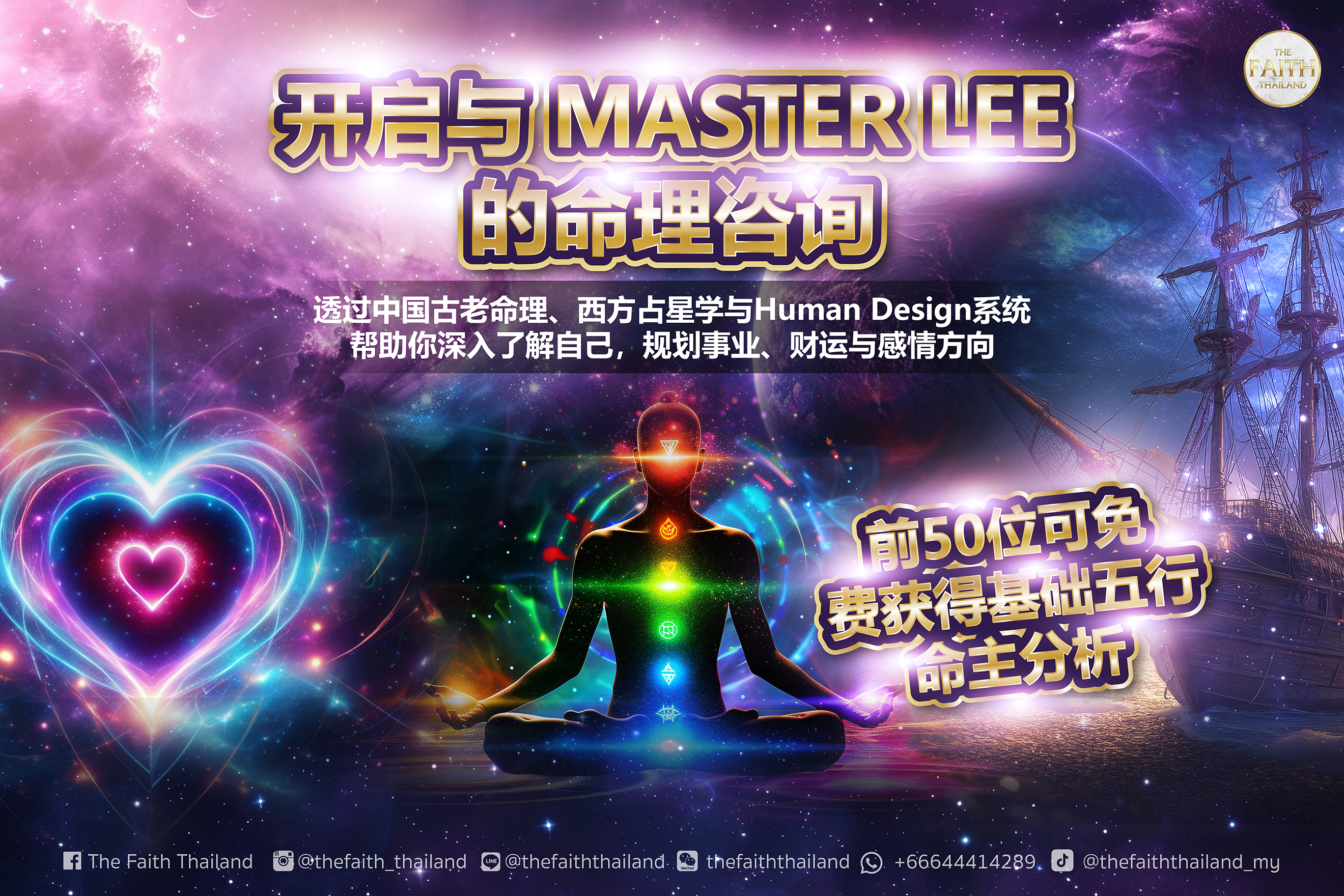穿越时光:从历史脉络感受泰国寺庙的建筑演变
当我们踏入泰国寺庙的庄严殿堂,不只是走进了一座建筑,更是与千年的历史文化与佛教艺术展开一场静谧对话。泰国寺庙建筑之美不仅展现于金碧辉煌的外观与精致雕刻,更深藏于其背后丰富的宗教信仰与政治演变。在本文中,我们将纵览泰国寺庙建筑自苏可泰王朝至今的演变过程,剖析每一历史阶段如何塑造了今日的艺术瑰宝。
苏可泰与大城王朝:佛塔与对称之美
早在13世纪的苏可泰时期,泰国最早的佛教建筑以受婆罗门教和印度教影响的结构为基础,强调简洁对称的设计。代表性的寺庙如大城府的佛寺,以砖石结构和钟形塔为主,呈现出与西方哥德风格截然不同的东方建筑之美。
进入大城王朝后,寺庙建筑期开多元发展:不仅引入柬埔寨吴哥风格,还融合斯里兰卡佛塔元素,造就了高耸入云的佛塔形象,象征通往天堂的圣途。
拉达那哥欣王朝:寺庙建筑的黄金时代
拉达那哥欣王朝(曼谷王朝)时期标志着泰国寺庙建筑黄金时代的到来。这一时期的寺庙讲究繁复的装饰艺术与奢华金箔装点,宫廷工匠注入细腻的玻璃镶嵌工艺、多层屋顶设计。
最具代表性的便是曼谷卧佛寺,其煌煌大殿中的涅槃佛像诠释了悲悯与智慧的终极表现。若想进一步了解其历史,可阅读我们的相关文章:

现代演进:灵性与环保的结合
近年来,泰国寺庙建筑正以更具包容性的姿态迈入21世纪。不少新建寺庙开始融合现代建筑理念,如使用钢结构与环保材料,在保留佛教精神空间的同时创新表达艺术之美。
此外,随着游客及信众对宗教深度体验的需求提升,泰国政府及社会佛教团体也积极恢复与保护历史寺庙,赋予其新的文化与教育功能。
从香火仪式看当代信仰
寺庙不仅成为祈福之地,更成为泰国软实力的重要象征。例如 曼谷四面佛 的祈愿文化便深受国际游客喜爱,不仅使人们感受到信仰的力量,也反映了泰国精妙的寺庙空间布局与艺术工艺。

若你想进一步了解四面佛如何融入现代生活,请查看:
从历史脉络到心灵之旅
在每一座寺庙背后,皆藏有一个关于信仰、统治者、艺术与时间流转的故事。从苏可泰到大城、从曼谷城区到清迈山丘,泰国寺庙建筑不断演化,却始终不变地承载着东方文化绵延不绝的精神底蕴。
当你下次走入一座金壁辉煌的佛殿,不妨放慢脚步,感受那跨越数百年的匠心传承与心灵洗礼。
探索更多寺庙建筑相关内容
我们真诚邀请你进一步探索更多与寺庙建筑、泰国文化和艺术灵性相关的内容:

结语:让艺术的魅力走进生活
泰国寺庙建筑之美,是一场历史与灵性的双重盛宴,不止属于建筑师与宗教人士,更属于每一个热爱文化的人。无论你是想探索泰国文化、寻找内心平静,或是热衷收藏与信仰有关的纪念品,现在就是你迈出第一步的最佳时机。
立即前往产品页面,将艺术灵感带回家Time Travel: Experiencing the Architectural Evolution of Thai Temples Through Historical Context
When we step into the solemn halls of Thai temples, we do more than simply enter a building; we engage in a silent dialogue with millennia of historical culture and Buddhist art. The beauty of Thai temple architecture is not only displayed in its resplendent appearance and exquisite carvings but also deeply rooted in the rich religious beliefs and political evolutions behind it. In this article, we will overview the architectural evolution of Thai temples from the Sukhothai period to the present, analyzing how each historical phase has shaped today's artistic treasures.
Sukhothai and Ayutthaya Periods: The Beauty of Stupas and Symmetry
As early as the 13th century during the Sukhothai period, Thailand's earliest Buddhist structures were based on designs influenced by Brahmanism and Hinduism, emphasizing simple and symmetrical designs. Representative temples like those in Ayutthaya are primarily built with brick structures and bell-shaped towers, showcasing Eastern architectural beauty distinct from Gothic styles of the West.
Entering the Ayutthaya period, temple architecture witnessed diversified development: it not only introduced Cambodian Angkor style but also incorporated elements of Sri Lankan stupas, creating towering stupa images that symbolize a holy path to heaven.
Rattanakosin Kingdom: The Golden Age of Temple Architecture
The Rattanakosin Kingdom (Bangkok period) marked the arrival of a golden age in Thai temple architecture. Temples during this period were characterized by elaborate decorative arts and luxurious gold leaf adornments, with court artisans imbuing meticulous glass mosaic craftsmanship and multi-layered roof designs.
The most representative is Wat Pho in Bangkok, where the reclining Buddha statue in its magnificent hall interprets the ultimate expression of compassion and wisdom. For further understanding of its history, you can read our related article:

Modern Evolution: The Integration of Spirituality and Environmentalism
In recent years, Thai temple architecture is moving into the 21st century with a more inclusive posture. Many newly constructed temples are beginning to incorporate modern architectural concepts, such as using steel structures and environmentally friendly materials, innovatively expressing the beauty of art while preserving the spiritual space of Buddhism.
Furthermore, as the demand for an in-depth religious experience from tourists and followers rises, the Thai government and social Buddhist groups actively restore and protect historical temples, endowing them with new cultural and educational functions.
Contemporary Belief Through Incense Ceremonies
Temples have not only become places for praying but also represent an important symbol of Thai soft power. For example, the prayer culture of the Erawan Shrine in Bangkok is deeply popular with international tourists, allowing people to feel the power of faith and reflecting the intricate temple spatial layout and artistic craftsmanship of Thailand.

If you wish to further understand how the Erawan Shrine integrates into modern life, please see:
'Wishing at the Erawan Shrine and Modern Life'
From Historical Context to a Spiritual Journey
Behind every temple lies a story about faith, rulers, art, and the flow of time. From Sukhothai to Ayutthaya, and from Bangkok city to the hills of Chiang Mai, Thai temple architecture has continuously evolved but has always bore the unbroken spiritual essence of Eastern culture.
Next time you walk into a resplendent Buddha hall, consider slowing your pace to appreciate the enduring craftsmanship and spiritual revival spanning centuries.
Explore More Content on Temple Architecture
We sincerely invite you to further explore more content related to temple architecture, Thai culture, and artistic spirituality:
- 'In-depth Study of the Spatial Layout Charm of Thai Temples'
- 'Artistic Expression of Colors in Thai Temple Architecture'

Conclusion: Bringing the Charm of Art into Life
The beauty of Thai temple architecture is a dual feast of history and spirituality, belonging not only to architects and religious people but also to every individual who loves culture. Whether you wish to explore Thai culture, seek inner peace, or are passionate about collecting souvenirs related to faith, now is the best time to take the first step.
Go to the product page now to bring home the inspiration of art
